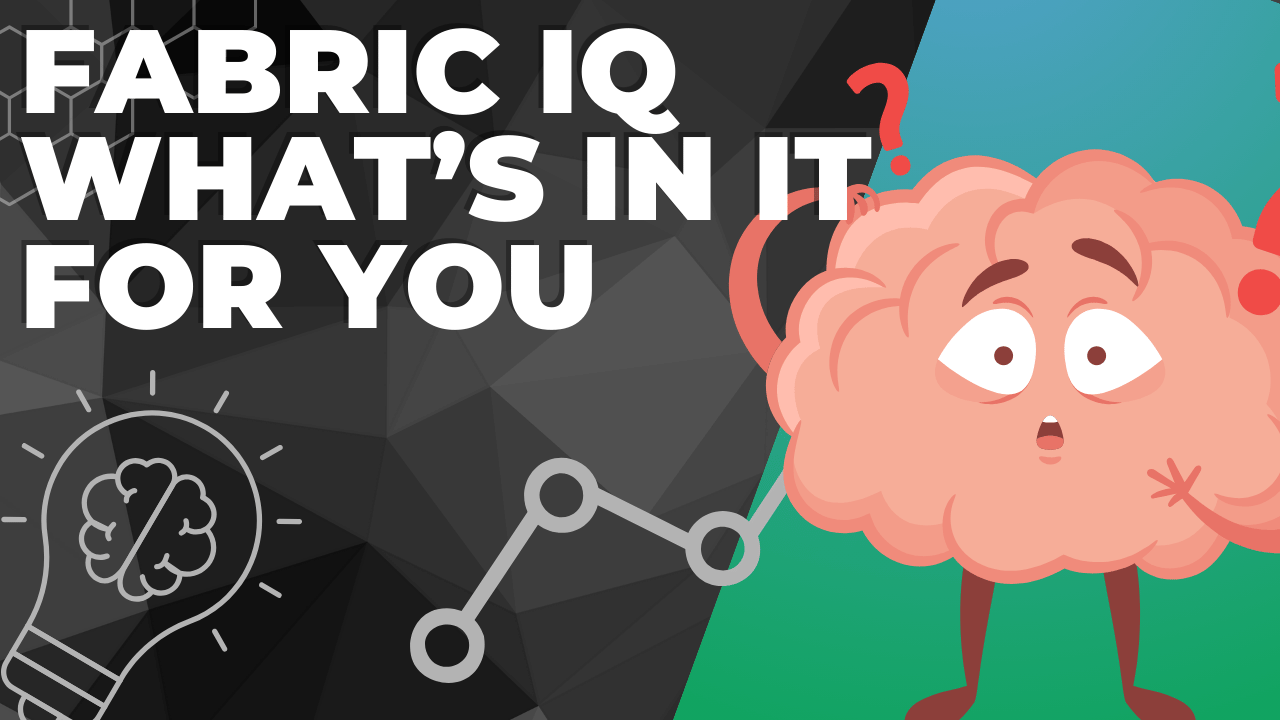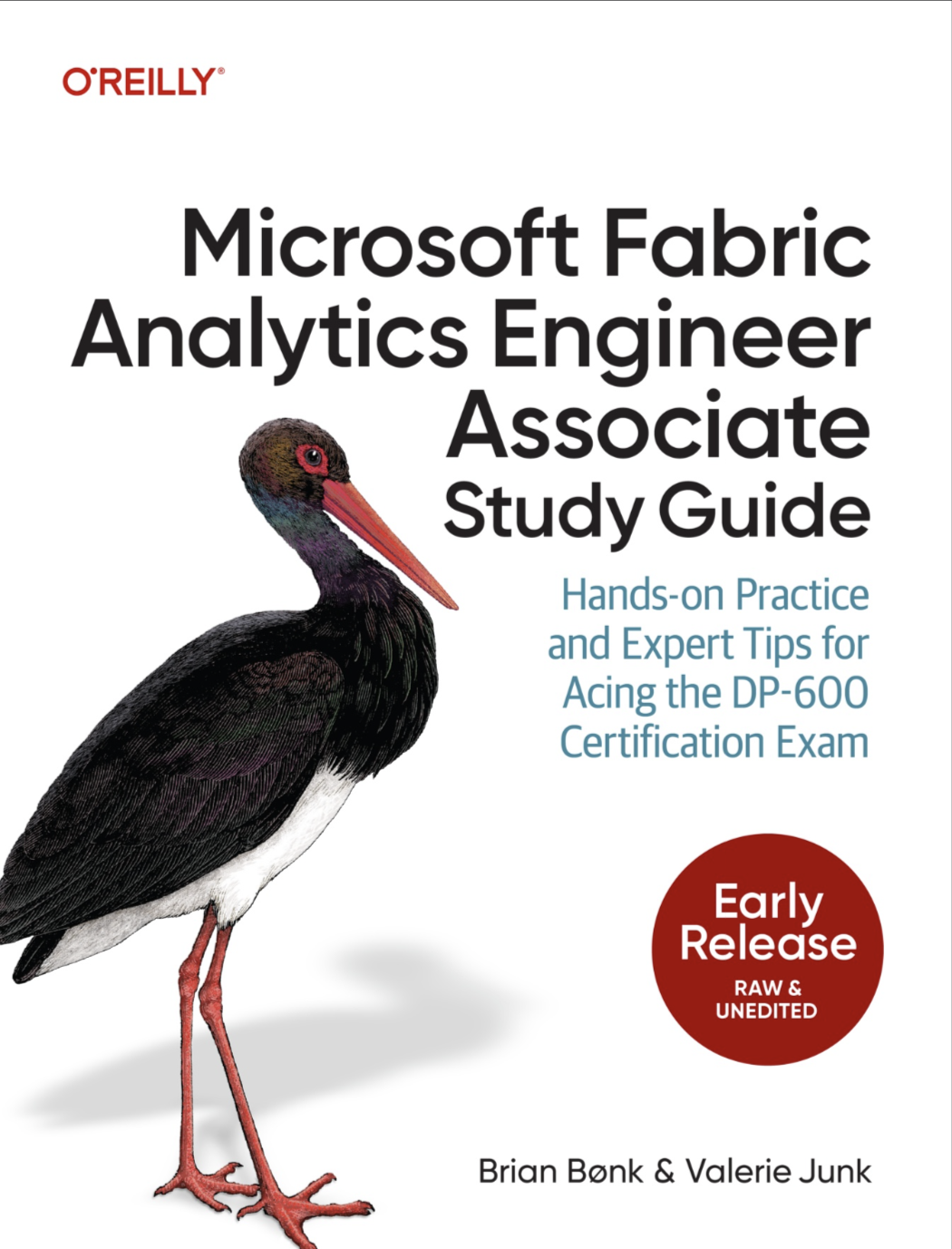If you followed along with the announcements from Microsoft Ignite, you might have stumbled upon the new Fabric IQ service.
For many people, this new service can seem a bit strange to see the point in, so in this blogpost I will try to help you understand the usage and business value of the new service.
The marketing story
As with many announcements from Microsoft, marketing has a say in how things are presented and delivered to the audience, but here I saw a presentation without too much fluff and “it works in PowerPoint” presenstations. We got reasoning (helping you to define things once) and business value (better configuration of governance and assistance in the use of AI).
The name “Fabric IQ” is sold as a service inside Fabric. With the actual service (or funcationality) named “Ontology”, it could tell us that the Fabric IQ service is planned with more functionality and internal services in the future. We can only hope. Microsoft is keeping the cards close to the body around future plans and roadmaps.
What we do know is that the name is connecting the bonds between the also newly announced Work IQ and Foundry IQ. Together the three services will, to my understanding, unite the work with AI and agents across the main AI areas within Microsoft - Office applications, Copilot (and the agents here), and the data layer in both AI and Fabric. Perhaps we will see a future announcement with new cross-landscape joined AI approach for agents, data, and daily work.
Enough about the marketing stories, let’s dive into the whereabouts of the actual business value.
The Ontology
With the implementation of Fabric IQ, we get the Ontology item, which is set to help the business define elements once and reuse them throughout the work with data, AI and agents.
In practical terms, this means that the business can now define entities, relationships and descriptions for the work with agents and other items to read and use for futher understanding of the structure and definitions of terms.
Based on rules and a strict definition of the schema, the business can now define the terms once and make sure no conflicting definitions are made by other people (or systems) when data is loaded to the Fabric platform.
In reality, the Ontology is a no-code approach, for the business, to define semantics for data. This definition can be started based on the existing semantic models in your organisation, or be build from scratch.
Once the first Ontology is created, it can be linked to existing data entities inside Fabric and help both define and document the entire data estate. This link is as broad as it can be with options to link to time-series data, bulk loaded data, and geospacial data. With the time-series, the option to give a timestamp for the mapping is crucial to get the Ontology to work the best.
The services combines existing item types from the Fabric platform. The resulting item will contain schema definitions, graphs and alerts.
The business value
All of this work is not for nothing. It will and can be used in the work with AI agents. Both inside and outside of Microsoft Fabric. The data agents in Fabric can automatically use the business definitions from the Fabric IQ to understand the business and data usage, with none (or very little) help and configuration. If you need more configuration in your agents when using the Fabric IQ, you might want to revisit your business definitions in Fabric IQ.
Now emagine the work with data, entities, relationships and rules be done once and reused across semantic models, data agents inside Fabric and outside Fabric in AI Foundry, and the new Work IQ seamlessly.
We are not quite there yet, but I see a trend on the break down of silos and borders between the different ways of working with AI throughout the Microsoft application and service landscape.





